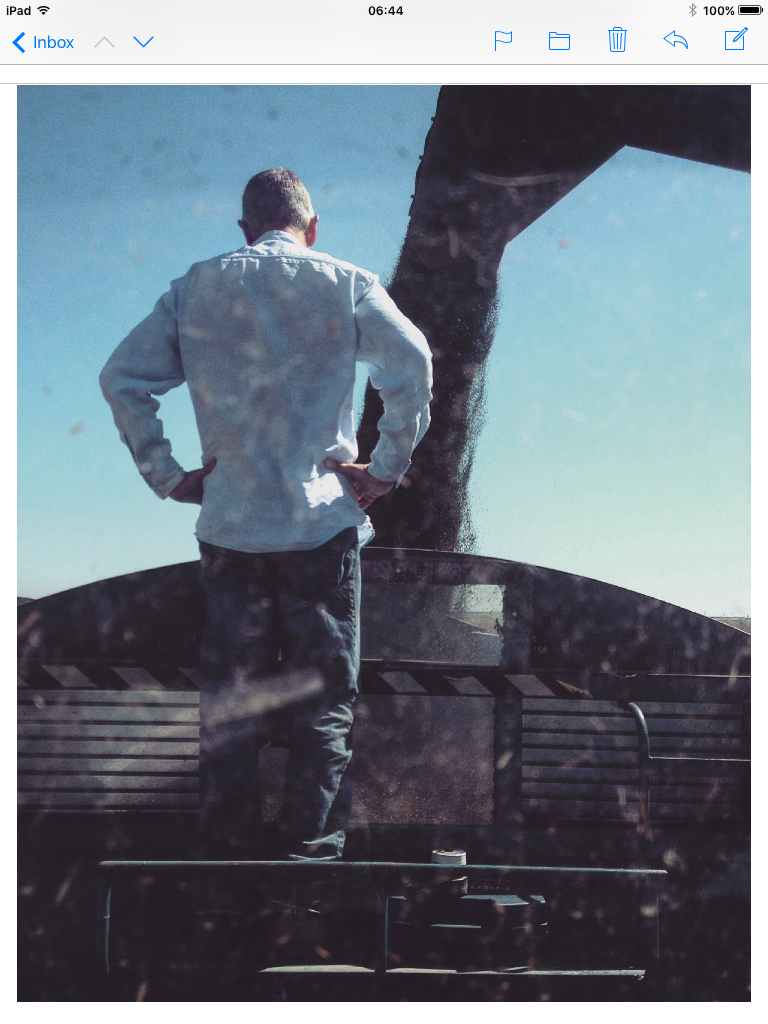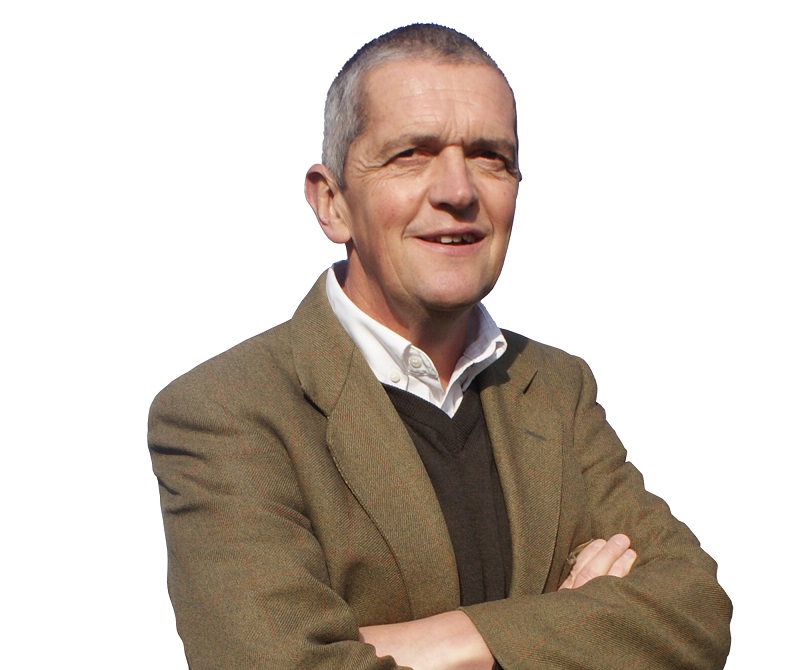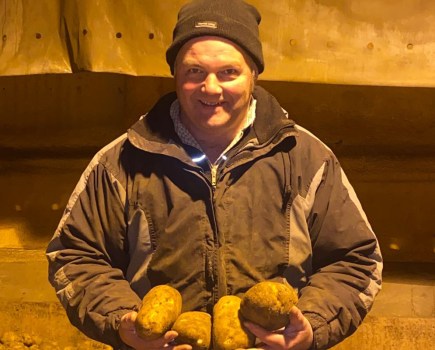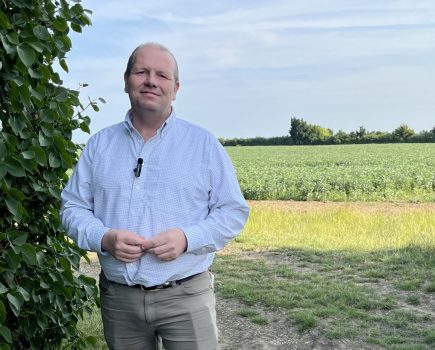You can almost guarantee than when Brexit reform is in the air the conservation NGOs will duly turn up the volume when it comes to their tales of British wildlife in decline with agriculture being the cause.
Right on cue we have ‘The State of British Wildlife’ produced by a cabal of lobby groups led by the RSPB. Basically the thrust of the report is that if the highlighted trends of the last 50 years continue then in fifty years’ time, the British countryside will have the same level of biodiversity as that found in the average car park. This is designed to engender a sense of crisis which requires political action.
But here’s the thing: if you read the RSPB’s most recent annual report on the state of the UK’s birds, you will note there’s actually been no overall decline in our wild bird populations since 1970. This is true when you analyse the stats by numbers of birds or by species of bird. Intriguingly when you do the analysis by weight, the graph comes out of the stable, flat line and starts to shoot up the chart like every weight-watchers worst nightmare.
So while some species such as skylark have fallen by 3 million to 1.5 million, there are increases of species such as mute swan that have doubled their numbers from 32,000 to 64,000 over the same period. This skylark-swan dichotomy might look like a nett loss of bird numbers, but it should be remembered that 64,000 swans at 10kg a piece weigh 40t more than 1,500,000 skylarks at 40g a piece.
While we’re on this avian weight-watching theme, it’s worth noting we have an additional 34t of buzzards patrolling British skies since 1970 while down below patrolling the hedgerows there are an added 66t of magpies. It would also be remiss of me not to point out that as a nation we also enjoy an extra 45t of great tits than we did 40 years ago.
So the overall trend is British birds is getting bigger and heavier. This is not a matter of over indulgence around the bird table but rather the fact that most larger species tend to be waxing while most of the smaller ones are waning. Our skies are fuller than they were when it comes to species such as crows, pigeons, herons waterfowl and raptors but less peppered with buntings and sparrows. It’s a similar story with the mammals with the big boys such as deer on the rise and the smaller chaps such as harvest mice on the way down. And as many of us know only too well, you can fit 30 scarcer hedgehogs at 33g a piece into one fat 10kg badger.
But when we weigh up the fortunes of British agriculture in recent years in terms of pounds and ounces then unfortunately the trend is almost always down. In the 1980s we grew on average a little over five million ha of arable crops in the UK. In the 2010s that figure is down nearly half a million ha. Since 1980, the UK countryside has a quarter of a million tonnes less breeding ewes than it did 25 years ago along with a reduction of over a million tonnes of dairy cows.
As for farmers, the question is: are we getting heavier as a breed or lighter? It would be rude of me to comment.
It wasn’t an oilseed rape harvest to remember, with mediocre yields, but I did like the way my daughter captured my chagrin from the back of a tractor cab with this photo. And now the cycle has started again with 25ha of our marshland drilled up and now awaiting a decent rain.
Concerns about erucamide levels, now that intakes are routinely tested, have pushed us to drilling only Clearfield varieties. We have  grown plenty of high erucamide OSR varieties for the HEAR market on this farm over the past 20 years, so I’m now worried about volunteers surviving in the soil and contaminating low erucamide crops.
grown plenty of high erucamide OSR varieties for the HEAR market on this farm over the past 20 years, so I’m now worried about volunteers surviving in the soil and contaminating low erucamide crops.
Hopefully any such volunteers are susceptible to Cleranda (imazamox+ metazachlor), although I’m reminded of an old bit of farming sod’s law. It goes along the lines that when a plant constitutes part of a crop then they can be vulnerable to an unwanted negative reaction to approved herbicides but when those same plants become weeds they suddenly prove very difficult to kill.




